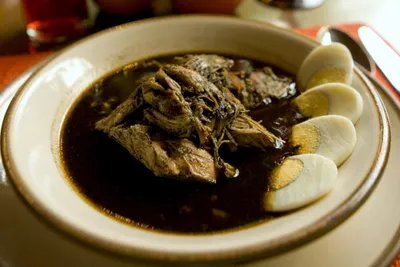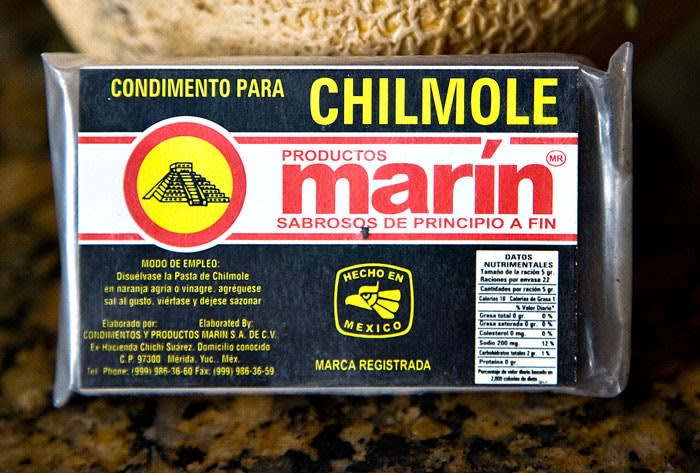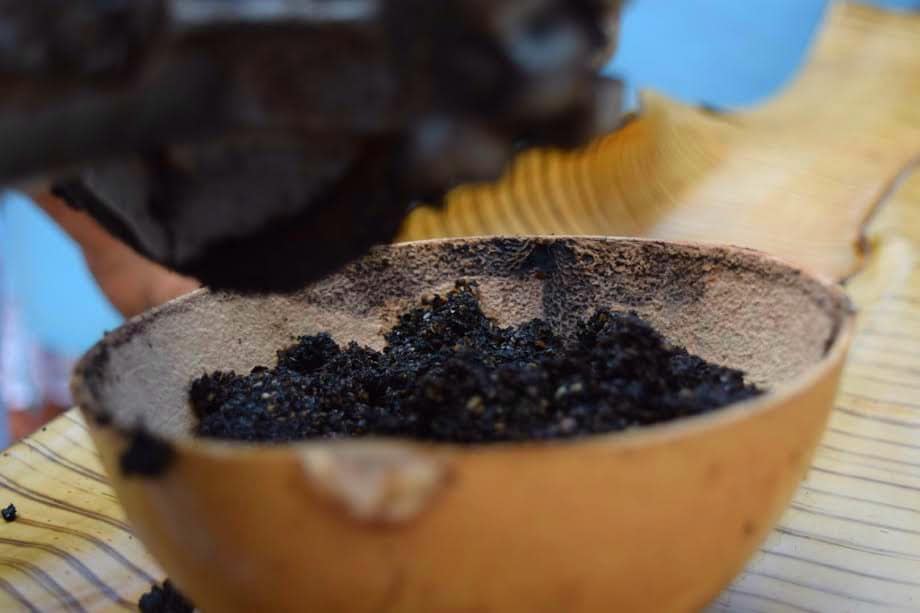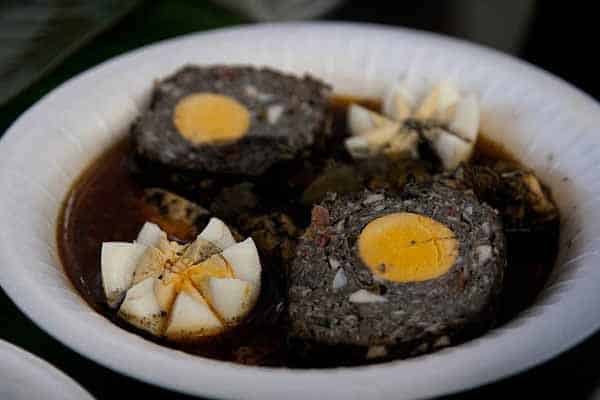
Yucatan’s Chilmole vs Recado and Relleno Negro
Chilmole (or Chimole) vs Recado and Relleno Negro: What’s the Difference?
Yucatecan cuisine is one of Mexico’s most distinctive and delicious, thanks to its fusion of Maya, Spanish, Lebanese, and Caribbean influences.
Among the many dishes that showcase the flavors and colors of Yucatan, there are two that often cause confusion among visitors and locals alike: chilmole, and recado (relleno) negro.
These dishes are based on a black and spicy paste made from roasted chiles, spices, and herbs but have different names, ingredients, and preparations.
Pre-Hispanic civilizations, such as the Aztecs and the Maya, left a culinary legacy that laid the foundations for the creation of dishes such as chilmole.
To understand the origin of chilmole, it is essential to immerse in the rich history of Mexican cuisine, an Intangible Cultural Heritage of Humanity.
The combination of native ingredients, such as corn, chili, and cocoa, began a gastronomic tradition that would merge with Spanish influences.
Yucatecan Chilmole or Chimole

What is chilmole and how is it prepared? This Yucatan mole style stands out for its complex mixture of flavors and textures, achieved through the careful selection of specific ingredients.
Chile ancho and mulato chile contribute a smoky and slightly spicy flavor, while achiote and spices provide a palette of aromas.
Adding meat, typically chicken or pork (or both), enhances the dish.
Ingredients of the chilmole paste include:
- 3 ancho chiles
- 3 mulato chiles
- 1 teaspoon of white pepper powder
- 3 pimientas gordas (allspice)
- 2 cloves
- 1 teaspoon oregano powder
- 1 teaspoon cumin
- 3 cloves garlic
- 1 tablespoon of dried peppermint leaves
- 1 achiote cube
- ½ piece white onion
- 1 tablespoon of sea salt
- 2 tablespoons of lard
How to make Chilmole

Making chilmole is a culinary ritual that has been passed down from generations.
The process begins with cleaning and deveining the chiles, followed by roasting to bring out their flavors.
Afterward, they are mixed with spices, garlic, and the rest of the ingredients that will form the base of the mole.
On the other hand, the meat of your choice is slowly cooked thoroughly in this mixture, allowing the flavors to integrate.
Keep in mind that you may find slightly different versions of chilmole than the original recipe, which makes this dish a reflection of the country’s vast geography and biodiversity.
You may want to read: Beyond Tacos: 11 Mexican Spices That Will Transform All Your Meals
It also plays an important role in gatherings and rituals, from family celebrations to community events, symbolizing the connection between history, tradition, and communion.
What is Recado and Relleno Negro?

First of all, the term “Recado” is the name given to the result of integrating different condiments into one piece (or paste).
Hence, recado negro is another type of mole paste similar to the chilmole. It is the main ingredient to make relleno negro.
However, the recado negro is characterized by its intense black color, the result of roasting and burning the chiles. You can find it at any market so you don’t have to make it from scratch.
Making Relleno Negro

The original recipe is made with turkey, recado negro, and ground pork (for the stuffing).
In Mexico, it’s usually prepared during November for the Hanai Pixán, a tradition of the Maya people to honor friends and family members who have gone on the eternal journey.
For this recipe, you will also need tomato, achiote, black pepper, cloves, cumin, oregano, epazote, garlic, and boiled eggs.
As I mentioned earlier, the black color is due to the mixture and roasting of the chiles used in the recado negro made from ancho chile, chile gordo, cumin, achiote, burnt tortilla, cloves, sour orange juice, garlic, oregano, and salt.
This dish is usually served at weddings and is one of the oldest dishes in Mexican gastronomy. So don’t forget to try it on your next visit to Yucatan!